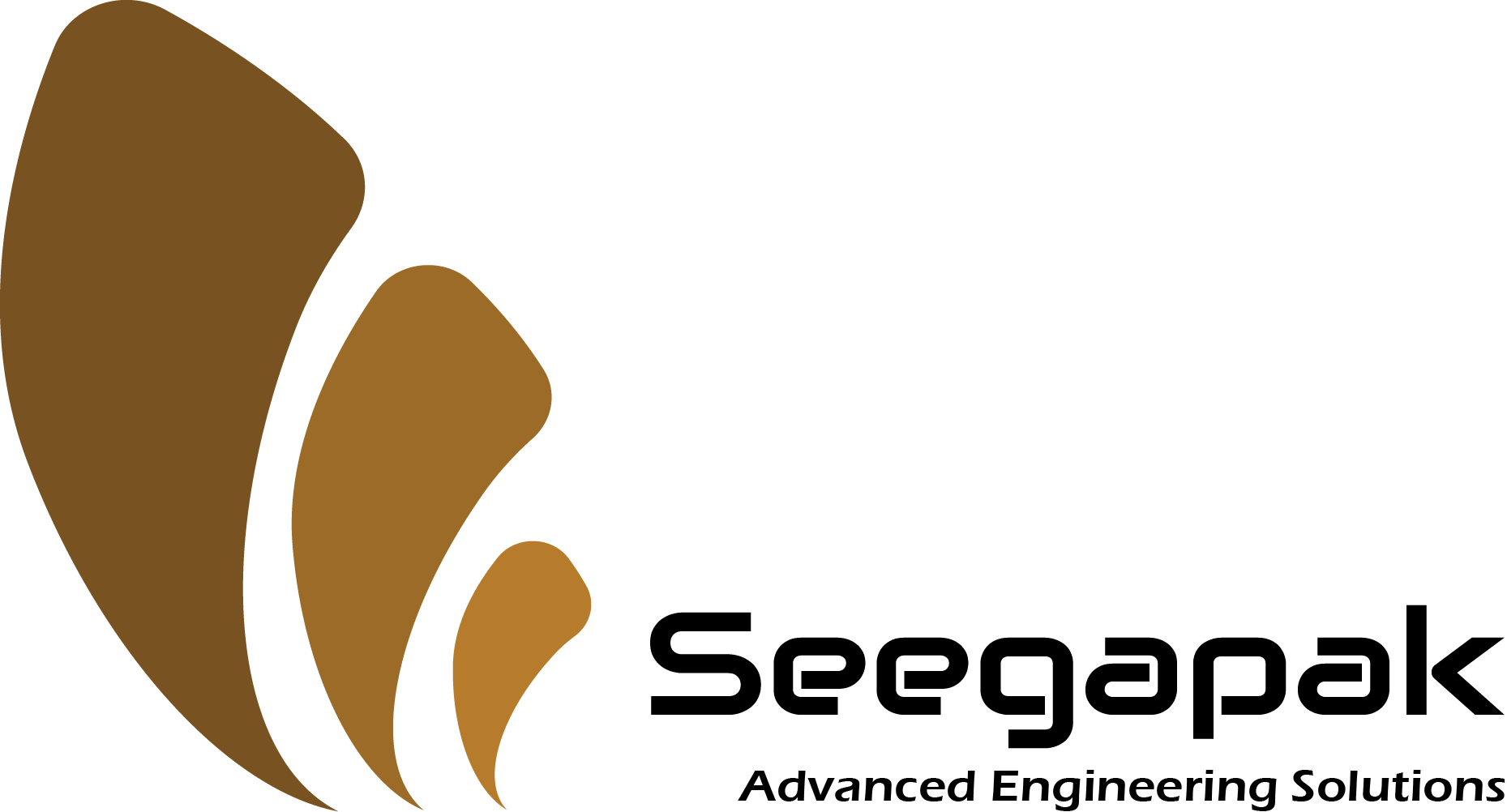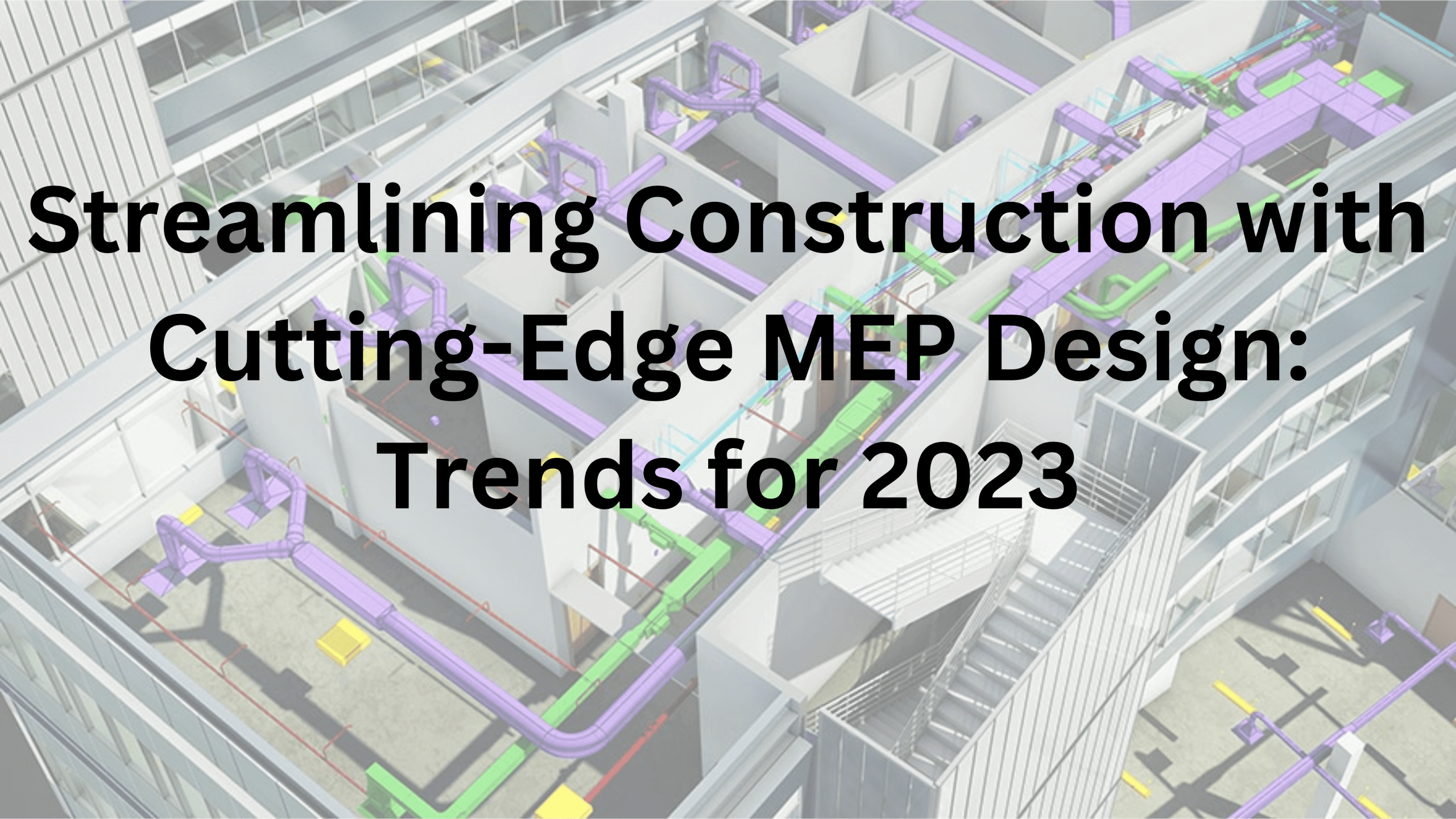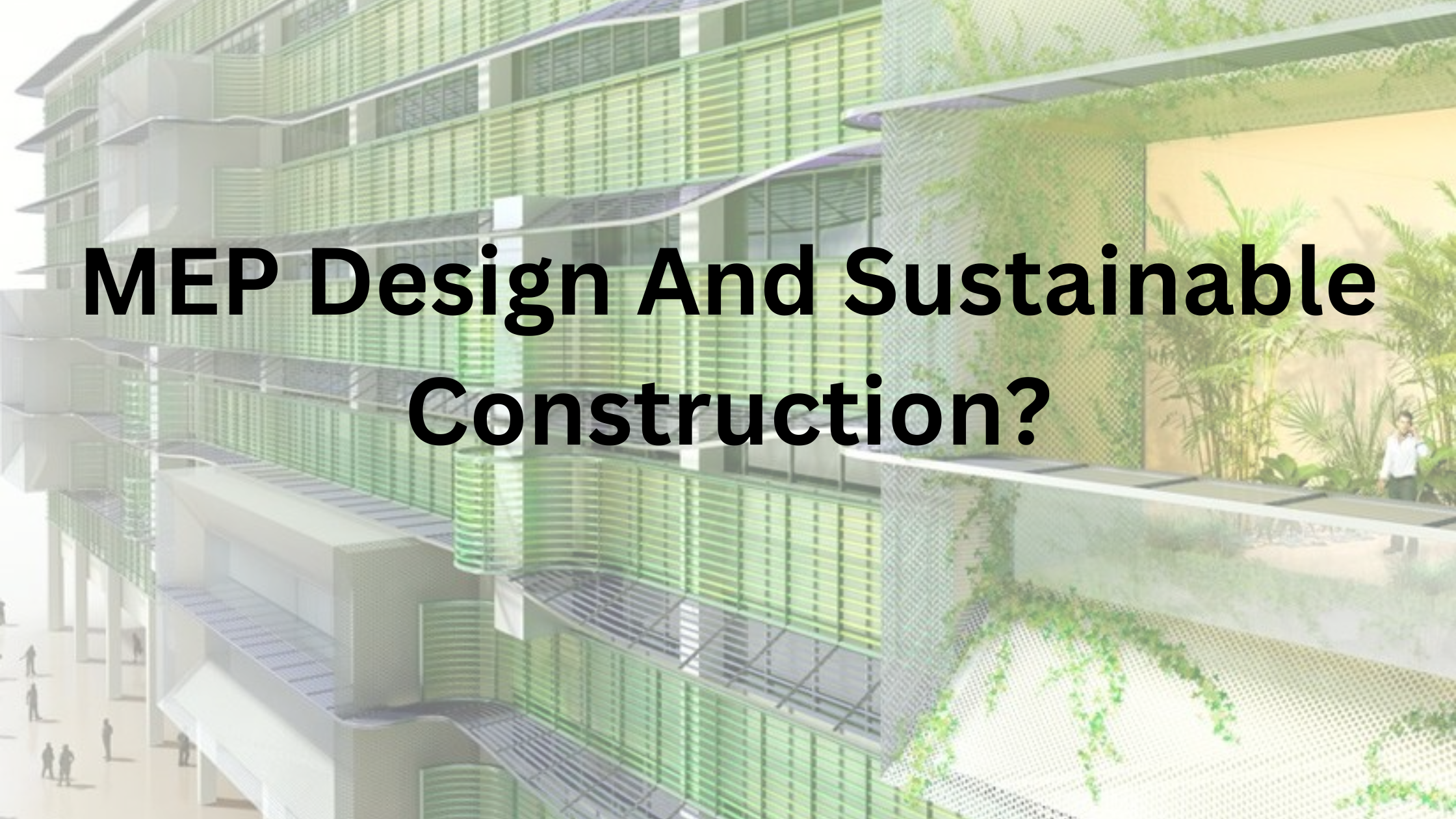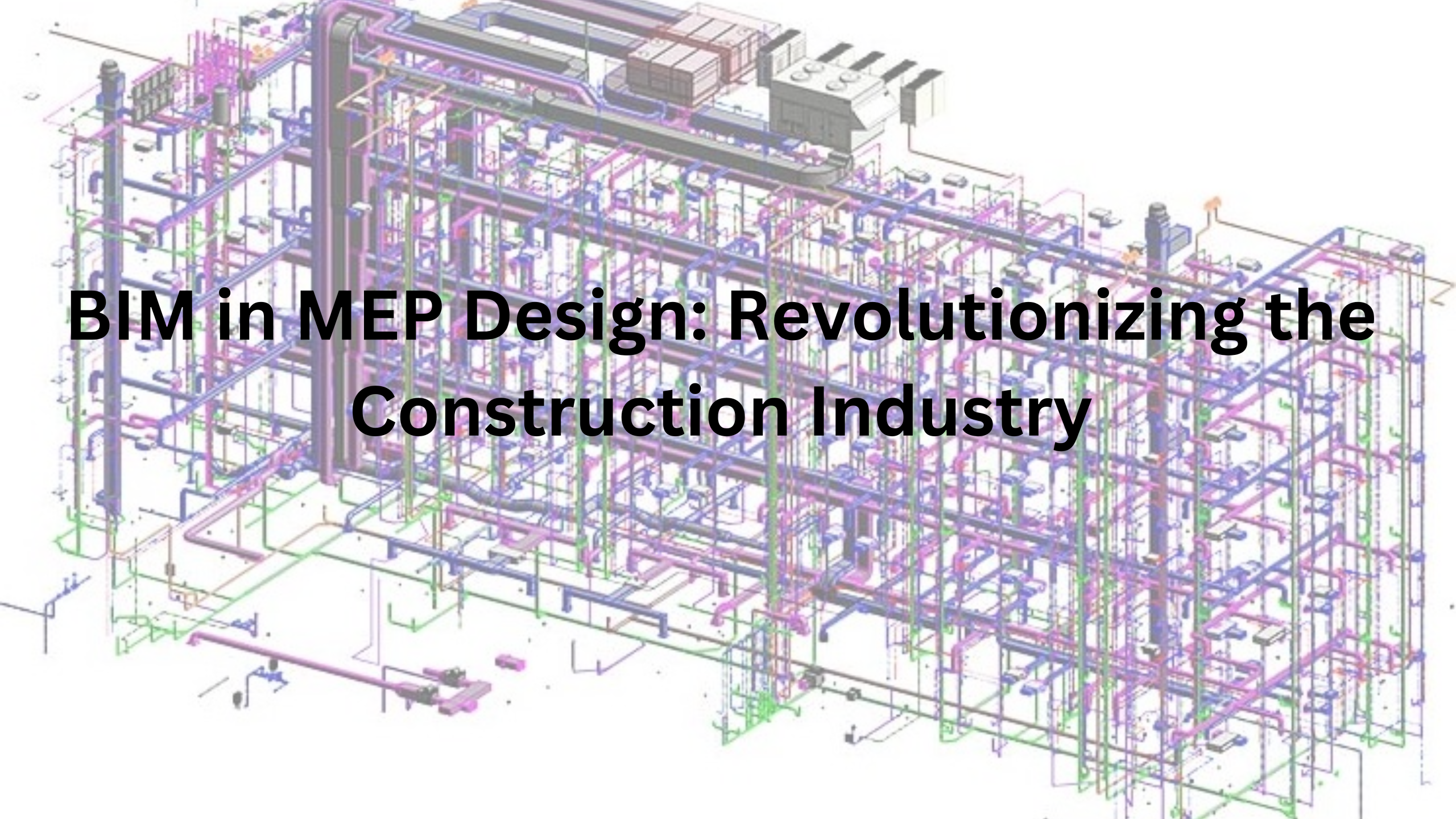In the ever-evolving landscape of construction, integrating Mechanical, Electrical, and Plumbing (MEP) systems is paramount to the success of any project. Streamlining these critical components not only enhances efficiency but also reduces costs and environmental impact. As we enter 2023, the construction industry continues to advance, and keeping up with the latest trends in MEP designing is crucial. In this article, we will explore the top trends in streamlining construction through cutting-edge MEP design for 2023.
Top Trends Of MEP Designing in 2023
1. Building Information Modeling (BIM) Revolution
BIM (Building Information Modeling) has been transforming the construction industry for several years, and its influence will only grow stronger in 2023. BIM enables the creation of detailed 3D models encompassing the entire building, including MEP systems. By utilizing these models, construction teams can anticipate and rectify issues long before they become costly problems during construction.
BIM also allows for real-time collaboration between architects, engineers, and contractors, ensuring seamless integration of MEP systems with the rest of the building. It improves overall project management and reduces the risk of errors during the construction process. For 2023, expect BIM to continue revolutionizing how MEP design and construction are approached.
2. Sustainable MEP Designing
Sustainability has become a cornerstone of modern construction, and MEP systems play a crucial role in achieving sustainability goals. In 2023, the focus on green and sustainable MEP design will only intensify. Energy-efficient HVAC (Heating, Ventilation, and Air Conditioning) systems, low-energy lighting, and advanced plumbing solutions are becoming the standard.
One notable trend is the increased use of renewable energy sources to power MEP systems. Solar panels, geothermal heating and cooling, and energy recovery systems are becoming more common, reducing the environmental footprint of buildings.
Furthermore, smart building technology enables MEP systems to be more responsive to the building’s needs, adjusting settings in real-time to maximize energy efficiency. Sustainable MEP design not only reduces long-term operational costs but also promotes environmental responsibility.
3. Integration of IoT and Smart Technology
The Internet of Things (IoT) and smart technology are rapidly changing the landscape of MEP design. In 2023, integrating sensors, automation, and data analytics into MEP systems is a major trend. These technologies provide real-time monitoring and control, leading to more efficient operation and maintenance.
For instance, smart HVAC systems can adjust temperature and airflow based on occupancy and weather conditions, reducing energy consumption. IoT sensors in plumbing systems can detect leaks and malfunctions, preventing water waste and damage.
The ability to collect and analyze data from MEP systems offers valuable insights that can be used for predictive maintenance, helping to identify and address potential issues before they become critical. This not only improves the longevity of MEP systems but also reduces downtime and maintenance costs.
4. Prefabrication and Modular Construction
Prefabrication and modular construction techniques have grown in popularity due to their ability to streamline construction processes. In 2023, these methods are being increasingly applied to MEP systems.
By manufacturing MEP components off-site and assembling them on-site, construction timelines are significantly reduced. This approach also enhances the quality and consistency of MEP installations, as components are built in controlled environments.
Modular construction allows for greater flexibility in design, making it easier to adapt to changing project requirements. These benefits result in cost savings and a more efficient construction process.
5. Advanced Materials and Systems
Advancements in materials and systems continue to push the boundaries of MEP designing in 2023. For example, the use of advanced piping materials, such as PEX (Cross-linked Polyethylene), has gained popularity in plumbing systems due to its durability and ease of installation. Similarly, advanced insulation materials for HVAC systems can significantly improve energy efficiency.
In terms of HVAC, variable refrigerant flow (VRF) systems are gaining traction due to their ability to deliver precise heating and cooling to different zones within a building. These systems offer greater energy efficiency and comfort, making them a preferred choice for many construction projects.
6. Resilient MEP Designing
The importance of resilient MEP designing has become increasingly evident with the growing frequency and severity of extreme weather events. In 2023, the focus on resilience will be a top priority. Resilient MEP design incorporates systems that can withstand and recover from power outages, flooding, or extreme temperature fluctuations.
For instance, microgrids can provide backup power during electrical outages, ensuring that critical systems continue to function. Additionally, elevating critical MEP components, such as electrical panels and HVAC equipment, can protect them from flooding.
7. Digital Twins for Ongoing Maintenance
Digital twins are virtual replicas of physical assets, and their use in MEP systems is gaining momentum in 2023. These digital twins provide a real-time, accurate representation of MEP systems within a building. They are used for ongoing maintenance, monitoring, and troubleshooting.
Maintenance teams can access digital twins to identify issues and perform repairs more efficiently, reducing downtime and costs. These digital models also aid in optimizing system performance and making informed decisions about upgrades and retrofits.
8. Enhanced Collaboration and Communication
Effective collaboration and communication among all stakeholders in a construction project are essential for successfully integrating MEP systems. In 2023, technology and software solutions are streamlining this process.
Collaboration platforms and cloud-based project management tools enable real-time communication and sharing of project data among architects, engineers, contractors, and MEP specialists. This enhanced collaboration ensures everyone is on the same page, reducing misunderstandings and errors.
Conclusion
The year 2023 promises to be an exciting one for the construction industry, with cutting-edge MEP design playing a pivotal role in streamlining projects. By embracing trends such as BIM, sustainable design, IoT integration, prefabrication, advanced materials, resilience, digital twins, and improved collaboration, construction professionals can ensure that their projects are more efficient, cost-effective, and environmentally responsible.
As construction methods and technology continue to evolve, staying informed about the latest trends in MEP design is essential for those involved in the industry. By incorporating these trends into their projects, construction teams can create buildings that are not only aesthetically pleasing but also efficient, sustainable, and resilient to the challenges of the future.
FAQ
What exactly is MEP designing in the building industry?
MEP stands for “mechanical, electrical, and plumbing” in the construction industry. MEP engineering is the science and art of planning, developing, and managing a building’s MEP systems.
What is the significance of MEP design?
Overall, MEP design services can provide a number of advantages that contribute to a building’s comfort. These services can help to minimize energy expenses, noise levels, air quality, and safety. All of these advantages contribute to making a facility more comfortable and welcoming.




